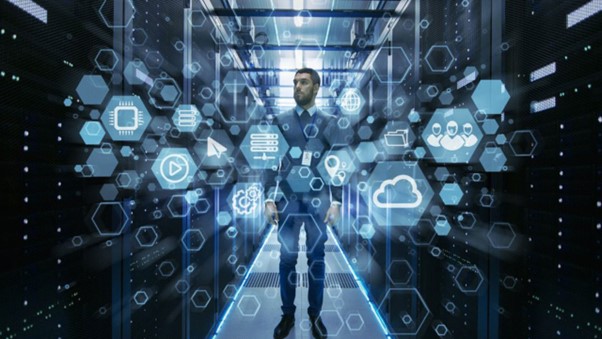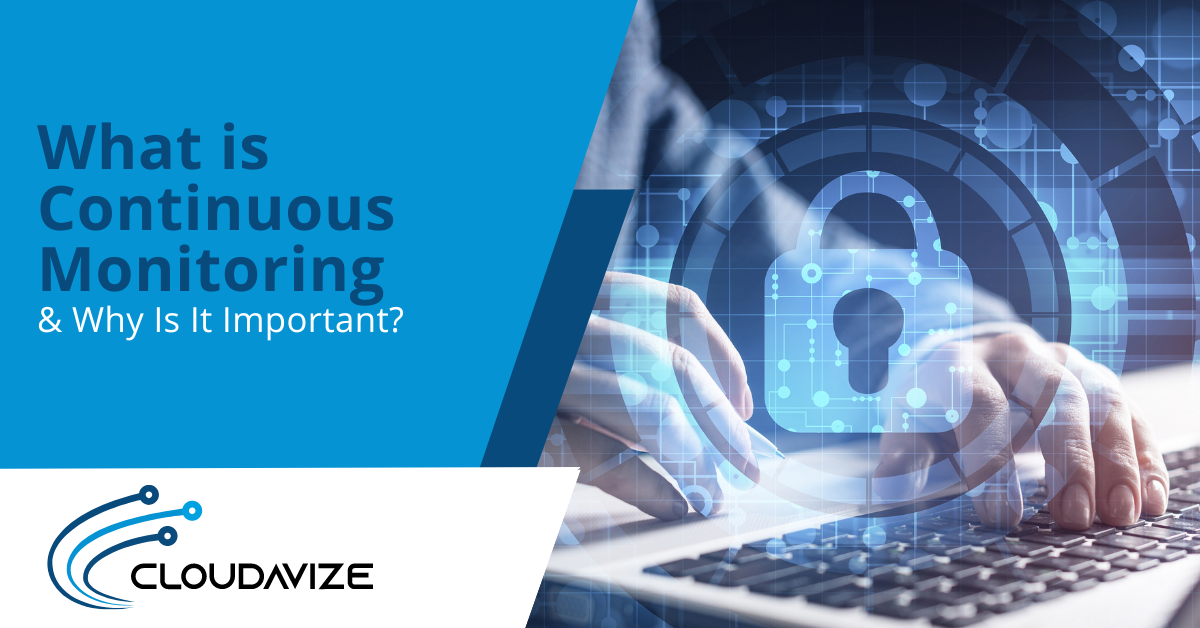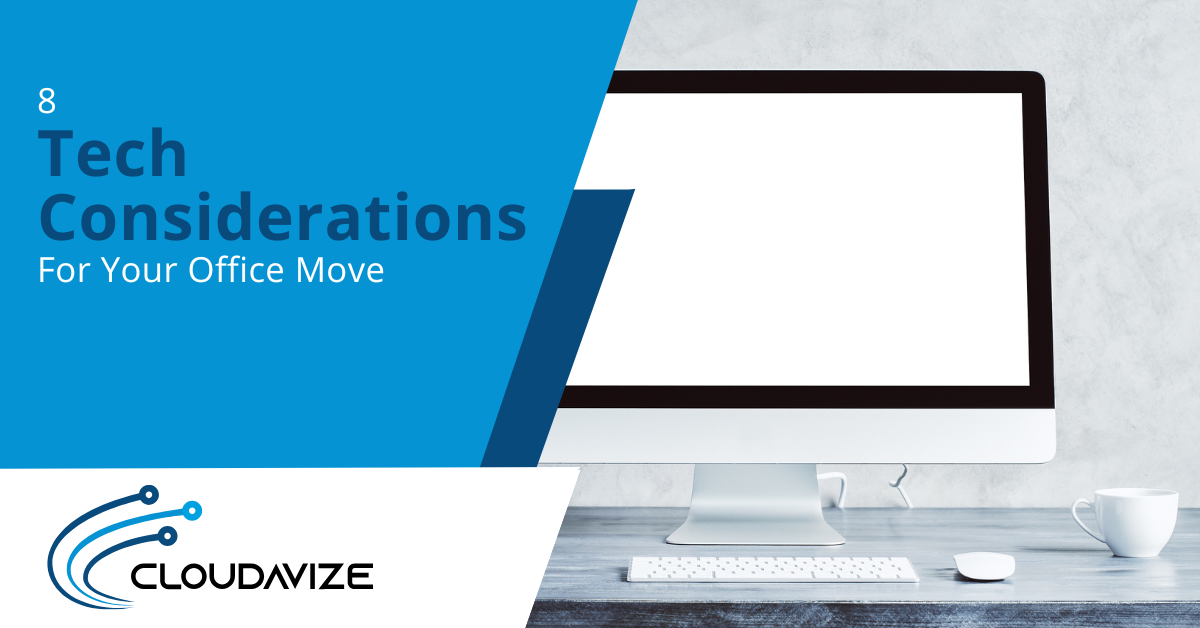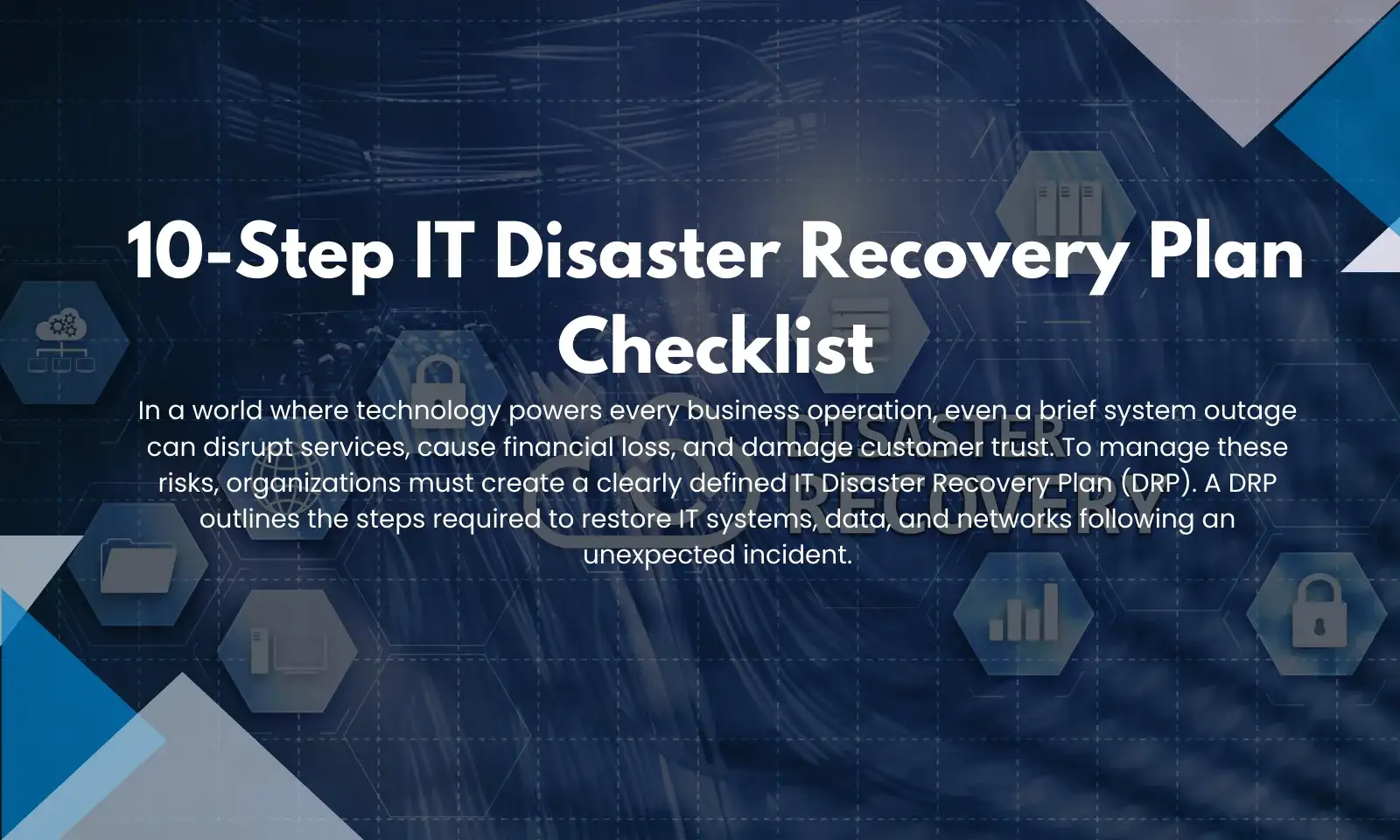In today’s rapidly evolving cybersecurity landscape, organizations face an ever-increasing number of threats and vulnerabilities. Cyber attacks can strike at any time, and the consequences of a successful breach can be devastating, ranging from data loss and financial losses to reputational damage and legal liabilities.
To effectively combat these threats, organizations must adopt a proactive and vigilant approach to cybersecurity, and continuous monitoring is a critical component of this strategy.
Continuous monitoring is a comprehensive process that involves the ongoing assessment and analysis of an organization’s security posture, enabling real-time detection and response to potential threats and vulnerabilities. By continuously monitoring their systems, networks, and applications, organizations can identify and address security issues before they can be exploited by malicious actors.
In this article, we will explore the concept of continuous monitoring, its importance in today’s threat landscape, and the key benefits it offers to organizations of all sizes.
Table of Contents
Understanding Continuous Monitoring
What is Continuous Monitoring?
Continuous monitoring is a cybersecurity practice that involves the ongoing collection, analysis, and evaluation of security-related data from various sources within an organization’s IT infrastructure. This data can include network traffic, system logs, user activity, and threat intelligence, among others.
The primary goal of continuous monitoring is to provide organizations with real-time visibility into their security posture, enabling them to quickly detect and respond to potential threats, vulnerabilities, and security incidents. By continuously monitoring their systems and networks, organizations can identify and address security issues before they can be exploited by cybercriminals.
Key Components of Continuous Monitoring
Effective continuous monitoring typically involves the following key components:
- Data Collection: Gathering security-related data from various sources within the organization’s IT infrastructure, such as network devices, servers, applications, and endpoints.
- Data Analysis: Analyzing the collected data using advanced analytics tools and techniques to identify potential threats, vulnerabilities, and anomalies.
- Threat Intelligence: Leveraging external threat intelligence sources to stay informed about the latest cyber threats, attack vectors, and vulnerabilities.
- Alerting and Reporting: Generating real-time alerts and reports to notify security teams of potential issues and provide actionable insights for incident response and remediation.
- Continuous Improvement: Regularly reviewing and updating the continuous monitoring process to ensure its effectiveness and alignment with the organization’s evolving security needs and the changing threat landscape.
The Importance of Continuous Monitoring
In today’s dynamic cybersecurity environment, continuous monitoring is crucial for several reasons:

1. Early Threat Detection
Continuous monitoring enables organizations to detect potential threats and security incidents in real-time, allowing for prompt response and mitigation efforts. By identifying and addressing threats early, organizations can minimize the impact of a successful attack and reduce the risk of data breaches, system downtime, and other consequences.
2. Compliance and Regulatory Requirements
Many industries and regulatory bodies, such as the Payment Card Industry Data Security Standard (PCI DSS), the Health Insurance Portability and Accountability Act (HIPAA), and the General Data Protection Regulation (GDPR), mandate continuous monitoring and reporting of security controls and activities. Failure to comply with these regulations can result in significant fines and legal penalties.
3. Vulnerability Management
Continuous monitoring plays a vital role in vulnerability management by identifying and prioritizing vulnerabilities within an organization’s IT infrastructure. By continuously monitoring for vulnerabilities, organizations can quickly address and remediate them before they can be exploited by cybercriminals.
4. Incident Response and Forensics
In the event of a security incident, continuous monitoring provides valuable data and insights that can aid in incident response and forensic investigations. Security teams can leverage the collected data to understand the nature and scope of the incident, identify the root cause, and implement appropriate remediation measures.
5. Risk Management
Continuous monitoring enables organizations to proactively manage and mitigate risks by providing real-time visibility into their security posture. By continuously monitoring for potential threats and vulnerabilities, organizations can make informed decisions about risk mitigation strategies and allocate resources more effectively.
⚜️ Holisticly build technologies expanded array relationships productize professional tailers rather mesh stand
William Benjamin
Benefits of Continuous Monitoring
Implementing an effective continuous monitoring strategy can provide organizations with numerous benefits, including:
1. Improved Security Posture
By continuously monitoring their systems and networks, organizations can identify and address security issues in a timely manner, reducing the risk of successful cyber attacks and data breaches. This proactive approach to cybersecurity enhances the overall security posture of the organization.
2. Increased Operational Efficiency
Continuous monitoring can streamline security operations by automating many tasks, such as data collection, analysis, and reporting. This increased efficiency allows security teams to focus on more strategic and high-value activities, optimizing resource allocation and reducing operational costs.
3. Better Compliance and Audit Readiness
Organizations that implement continuous monitoring are better prepared to meet regulatory and compliance requirements, as they can demonstrate ongoing monitoring and reporting of security controls and activities. This can simplify audit processes and reduce the risk of non-compliance penalties.
4. Enhanced Incident Response and Forensics
The data collected through continuous monitoring can provide valuable insights and evidence for incident response and forensic investigations. Security teams can leverage this data to quickly identify the root cause of an incident, contain the threat, and implement appropriate remediation measures.
5. Proactive Risk Management
Continuous monitoring enables organizations to proactively identify and mitigate risks by providing real-time visibility into their security posture. This proactive approach to risk management can help organizations make informed decisions about resource allocation, security investments, and risk mitigation strategies.
Get Started Today
In the ever-evolving cybersecurity landscape, continuous monitoring is a critical component of an effective security strategy. By continuously monitoring their systems, networks, and applications, organizations can detect and respond to potential threats and vulnerabilities in real-time, minimizing the risk of successful cyber attacks and data breaches.
At Cloudavize, we understand the importance of continuous monitoring and its role in maintaining a robust cybersecurity posture. Our team of experts provides comprehensive continuous monitoring solutions tailored to your organization’s specific needs. We leverage cutting-edge technologies and industry best practices to ensure real-time visibility into your security posture, enabling prompt detection and response to potential threats.
Don’t leave your organization vulnerable to cyber threats. Contact us today to learn more about our continuous monitoring services and take the first step towards a proactive and resilient cybersecurity strategy.



